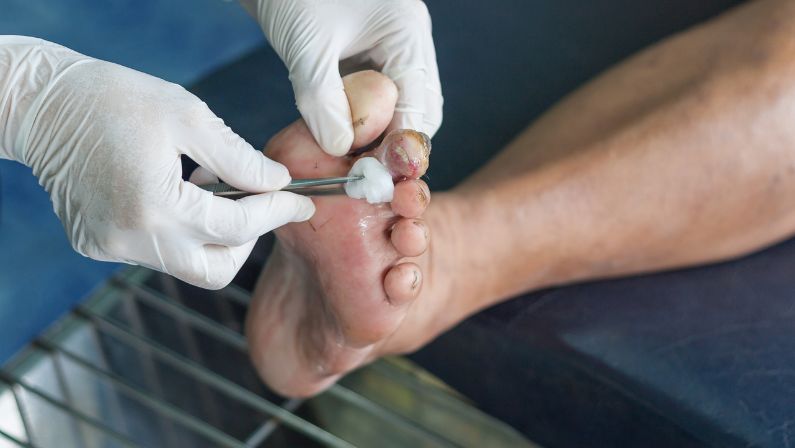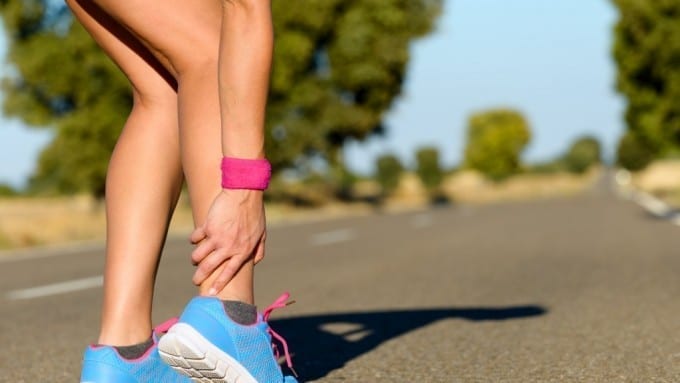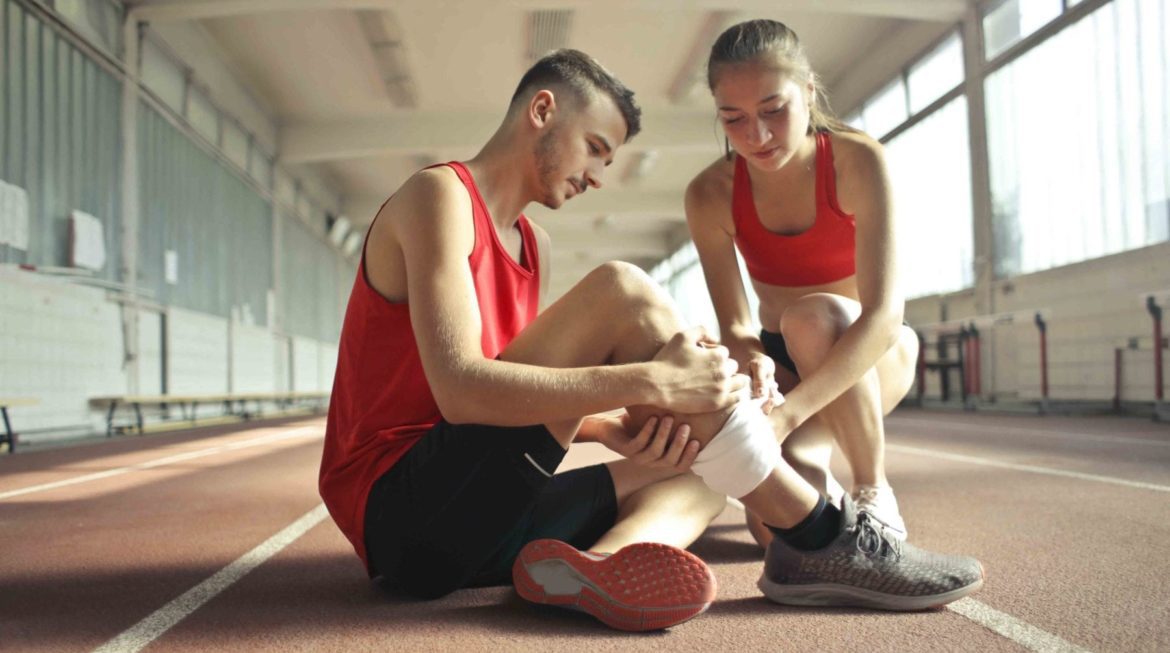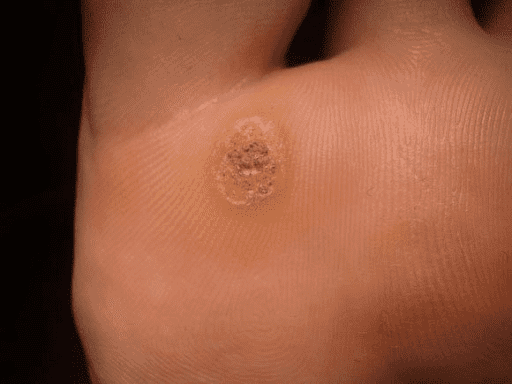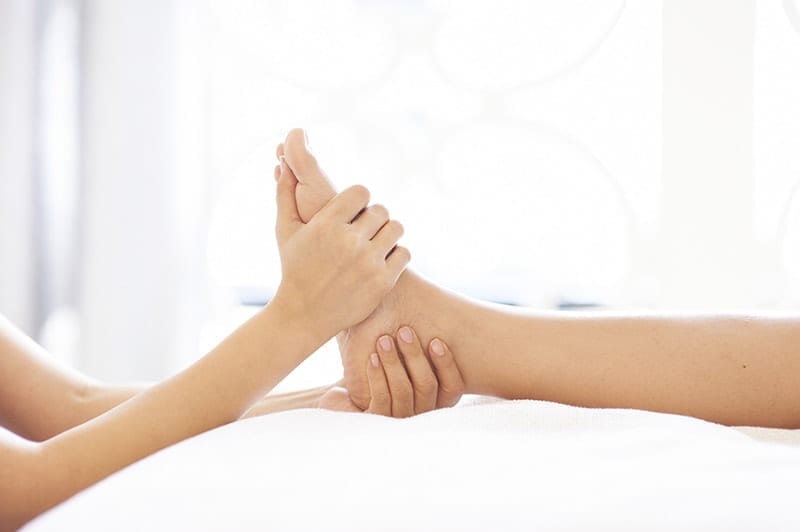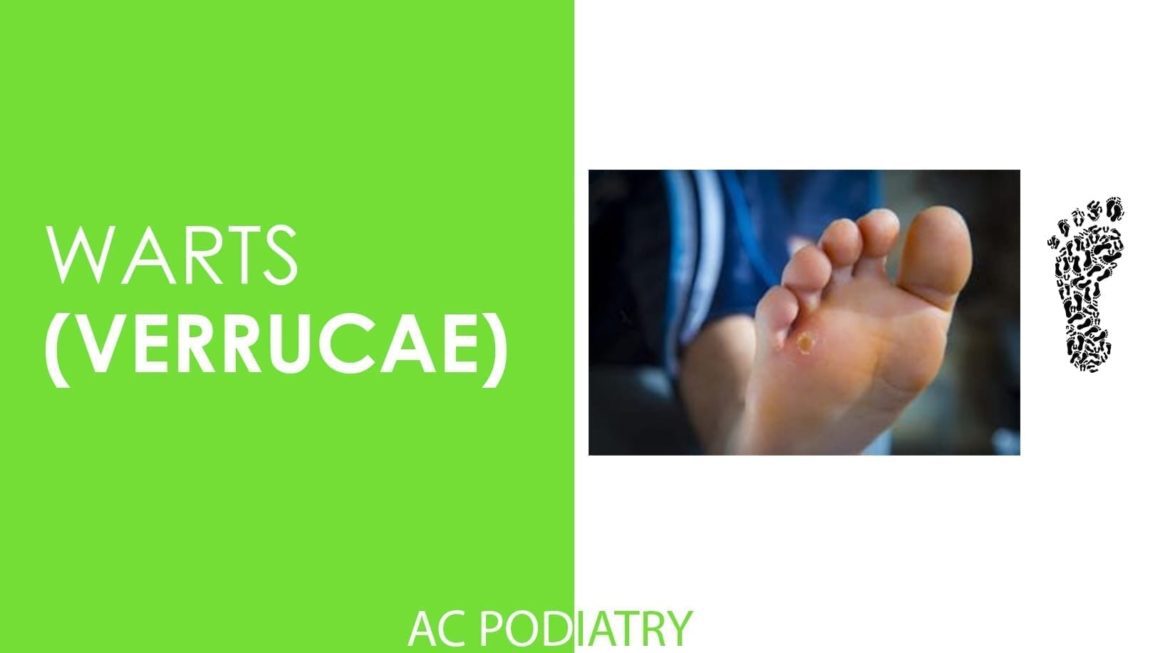Diabetes and Foot Health: Care from Adelaide Podiatrists
At AC Podiatry, we aim to provide information about foot health for individuals living with diabetes. Our podiatrists in Adelaide offer services to help manage foot health in the context of diabetes. Understanding Diabetes in Australia Diabetes is a common chronic condition in Australia, affecting approximately 1 in 20 Australians. According to reports, more than 300 Australians develop diabetes every day—that’s one person every five minutes. This condition can impact an individual’s health and quality of life. What is Diabetes? Diabetes occurs when a person has abnormal levels of glucose (sugar) in their bloodstream. This is caused …
Andrea Talks Achilles Tendinopathy
Everybody knows somebody who has had a problem with their Achilles Tendon. This structure is one of the most injured in runners and this injury is seen very often in the more recreational athlete. It is important to understand that there are 2 major types of Achilles Tendinopathy. Mid-Portion This is the more common form. This affects the tendon about 2.5-3cm above the insertion on the heel. Generally caused by a sudden increase/change in load on the tendon. Insertional: This is less common but can be more painful. This is felt on the back of the heel bone itself, where …
Plantar Fibroma Treatment and Symptoms
Are you experiencing pain or discomfort from a lump under the arch of your foot? It is likely you’re experiencing what is called a plantar fibroma. A plantar fibroma is a benign growth that appears along with the plantar fascia tissue which connects the ball of your foot to your heel. It will often present itself as a small lump under the arch of the foot. A plantar fibroma can affect everyone differently. A plantar fibroma can start as a small lump at first with little to no discomfort experienced however, pain or discomfort can develop if the lump grows bigger or …
3 ways to reduce your risk whilst getting back into activity
Let’s talk about how we are going to get back out there playing sports and being active whilst avoiding injuries… South Australia has been going well while other parts of the world, even other parts of Australia, are still needing to stay home and refrain from organized group activities. However, as things continue to go well in South Australia, people are getting back out there enjoying activities we couldn’t do for some time – including playing sport. While this is great, it also means now is going to be a big-time of people getting injured. We want to get out …
What are Plantar Warts (Verrucae Pedis)?
What Are Plantar Warts (Verrucae Pedis) Plantar Warts are painful lesions that present on the bottom of the foot and are caused by the Human Papilloma Virus (HPV). Plantar warts on feet can be extremely painful if not treated properly. How To Identify A Plantar Wart Here are some plantar wart symptoms: The skin lines (just like fingerprints we have skin lines on our feet too) go around the lesion, not through it. This makes it a foreign body in the skin. They hurt when squeezed more than with direct pressure. When they grow, the Foot Warts have a ‘cauliflower-like’ …
ORTHOTICS? CUSTOM DEVICES? INSERTS? …So what are they?
The word ‘orthotic’ is often thrown around by practitioners, but what is it they REALLY do, how do they work and who could benefit from them. Here’s the inside scoop… Orthoses, otherwise known as orthotics or shoe inserts, always seems to evoke some strong emotions. At the sheer mention of the word some people will tell you they are the best thing since sliced bread and they couldn’t live without them, whilst others would tell you that they are the devils spawn, that they are horrible, and that they can’t wear the shoes they want. With such polarising opinions around orthoses is …
Pointe Assessments
Are you prepared to move en pointe? As a dancer, you’ve probably admired ballet dancers moving en pointe and have longed for going along with them. But are you unsure about whether you’re prepared to move in such a way? Assuming this is the case, your dance instructor may have recommended for you to get a pre-pointe assessment… Here’s how your podiatrist can get you there… What is a pre-pointe evaluation? A pre-pointe evaluation is a physical evaluation performed by a podiatrist to decide how best to prepare you to begin pointe work. Moving en pointe places immense physical demands on a dancers …
AC Talks Achilles Tendinopathy
Everybody knows somebody who has had a problem with their Achilles Tendon (AT). This structure is one of the most injured in runners and this injury is seen very often in the more recreational athlete. Achilles Tendinopathy Types It is important to understand that there are 2 major types of Achilles Tendinopathy. Mid-Portion: This is the more common form of Achilles Tendinopathy It affects the tendon about 2.5-3cm above where the tendon attaches on the heel. Achilles Tendinopathy is generally caused by a sudden increase/change in load (due to spikes in activity or changes in footwear) on the tendon. Insertional: …
Development of Children’s Feet
Children’s Foot Development Children’s feet differ from those of adults, as they are not yet fully formed. At 6 months of age the foot is still mostly cartilage, in fact the last bone doesn’t begin until children are about 3 years old. By the time we turn 18 the bones have fully matured. Babies feet Babies feet only need protection in the cooler weather. Playsuits with feet, socks or even natural fibre shoes can be used to keep little feet warm, they should always be loose around your babies feet. Allowing time for your baby to kick freely will help …
Wart (Verrucae): Symptoms and Treatment
[vc_row][vc_column][vc_column_text] Rainy and windy days, short days and long nights, heaters and red wine, this is winter to me. As a podiatrist though, winter also signals the onslaught of wart cases into the clinic. Whether it is a child who is doing swimming lessons at indoor locations or gym junkies taking their training indoors because of the cold weather, winter seems to be the season of warts. Warts (otherwise known as verrucae) are caused by a viral infection. The virus in question is the human papillomavirus (HPV-1) and this infection causes lesions to form on the skin and quite commonly …

